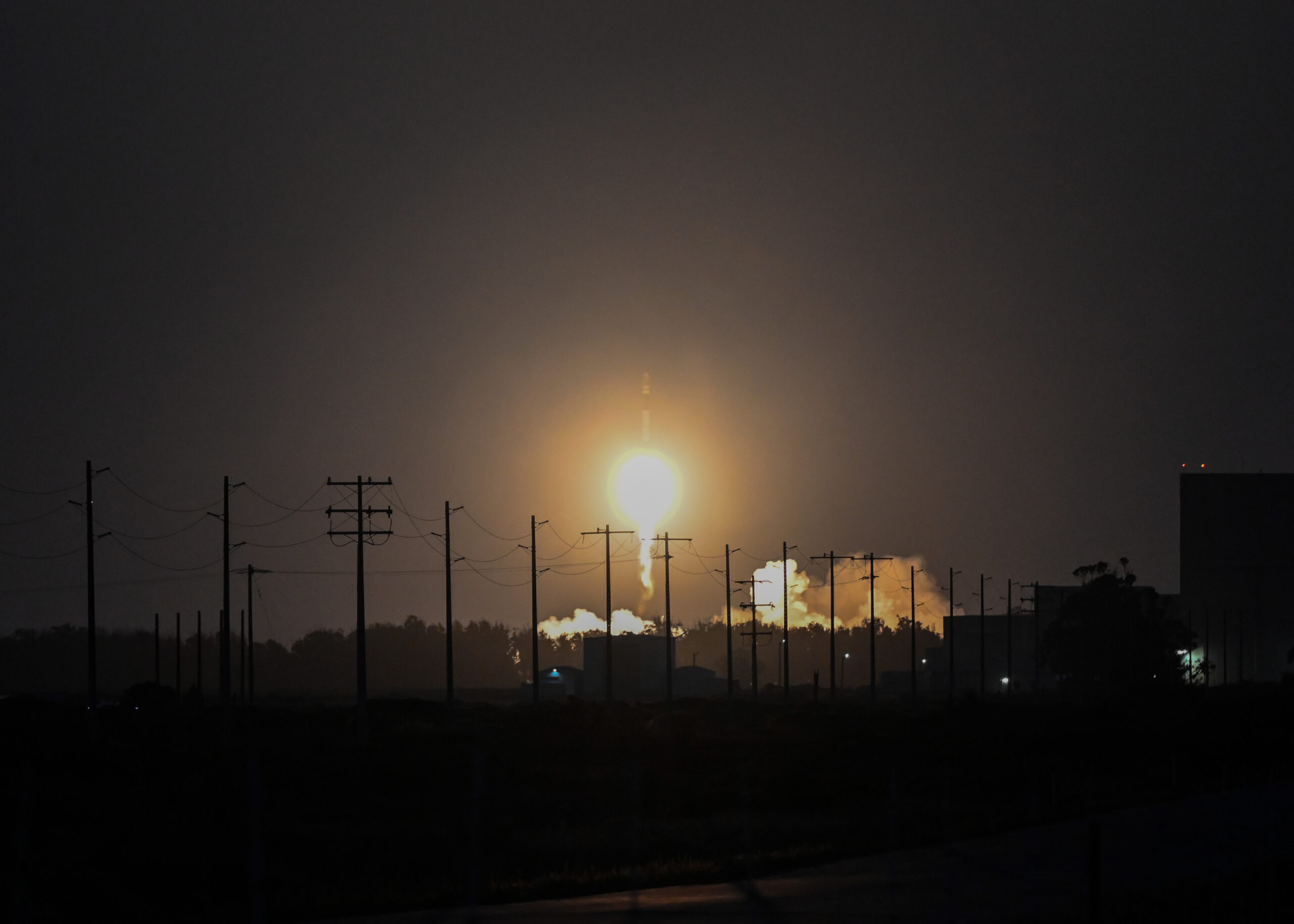WASHINGTON — The Defense Innovation Unit, the Pentagon’s outpost in Silicon Valley tasked with integrating commercial tech into the military, is increasing its support of the Space Force’s efforts to shorten the time it takes to plan space missions.
The Space Force’s Tactically Responsive Space program is an initiative to rapidly respond to situations in space. The goal is to drastically reduce the time it takes to launch and operate satellites, from the usual weeks or months down to days or even hours.
Maj. David Ryan, space portfolio program manager at the Defense Innovation Unit, said DIU is working with the Space Force’s Space Safari office to identify and select commercial providers for an upcoming responsive mission named Victus Haze.
Victus Haze follows the Victus Nox operation last September, where the Space Force was able to launch a small satellite made by Millennium Space on a Firefly rocket in a record-breaking 27 hours.He said DIU is helping the Space Force establish a process to work with industry and forge agreements with companies.
‘It’s a mindset’
Responsive space is seen as a launch program but it’s more than that, Ryan said March 18 at the Satellite 2024 conference. “It is a mindset shift more than anything.” Part of that mindset, he said, is understanding how to best leverage the commercial industry.
While the government is expected to be the main customer for tactical space launches in the near-term, DIU sees broader benefits from investing in these rapid capabilities alongside commercial partners.
Victus Nox was a military mission performed by commercial companies. Victus Haze will follow a similar model but the scenario will be different, he said.
Ryan noted that the government is not trying to help create a commercial market for responsive launch. “There will likely not be a commercial end user that needs a responsive launch capability within the next couple of years. But the government absolutely will need it and what it’s going to drive towards.”
“There is a lot of commercial development for technologies that absolutely will be used commercially, to be more responsive to commercial needs,” said Ryan. Projects like Victus Nox and Victus Haze “are just really pushing the accelerator on developing this ability to be more responsive.”
This dual focus – addressing immediate defense needs while fostering long-term industry growth – underscores DIU’s approach to innovation, said Ryan.
Responsive launch benefits commercial industry
Established in 2015, DIU acts as a bridge between the Department of Defense and the commercial tech sector. It identifies promising technologies with potential military applications, streamlines the often-bureaucratic acquisition process, and helps get these solutions into the hands of troops faster.
By working with commercial providers on tactically responsive missions, the government can help them develop and refine the processes needed for expedited launches, Ryan said. This agility will ultimately benefit the entire space industry, not just the military.
The selection process to pick companies to support Victus Haze is currently underway, said Ryan. Specifics on the satellite’s purpose haven’t been disclosed.
The Tactically Responsive Space program has $30 million in the Space Force’s fiscal year 2024 budget and $30 million in fiscal year 2025.
Related
Read the original article here
